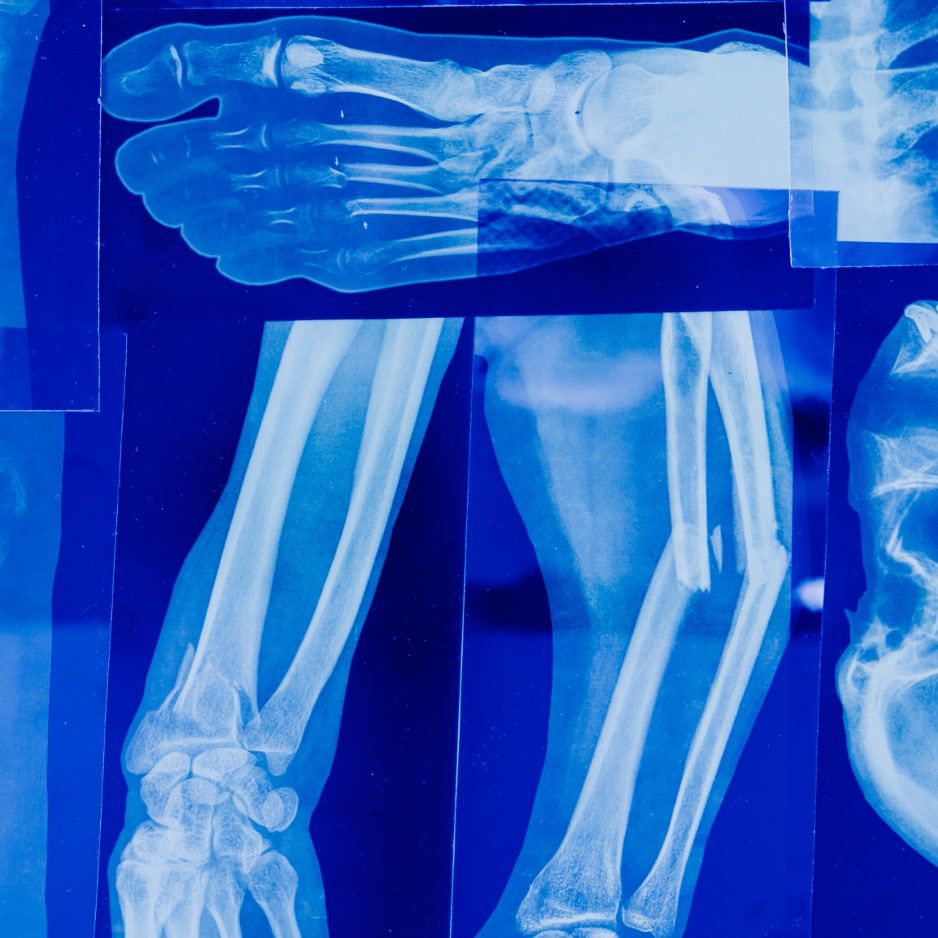Fat Loss Factors Post 3: Cardio

We have been examining various factors that can impact the body's ability to lose fat. Obviously proper nutrition is a massive piece of this puzzle, and we won't address that in this series because it's so involved.
However, the exercise piece is an interesting one, and there are a couple pitfalls that even the most well-intentioned health seeking person can fall into. Let's get into this topic and see if we can dispel some myths and answer some questions.
To Cardio or Not to Cardio?
Question: "I have one friend who does hours of cardio a day when she's trying to lose weight, and another friend who swears you shouldn't do ANY cardio if you want to lose weight. What gives?"
Answer: This is the big one. The old consensus was "more exercise is better", and so people laced up their running shoes and kept doing more and more aerobic exercise. Guess what - it didn't always work.
Here's one example: many people who sign up for a marathon and expect the pounds to fall away are surprised to see the scale stay the same (or even go up!). So then CrossFit came along and more people began to get into serious weight lifting, and the folks in THAT camp tend to be the anti-cardio group. That line of thinking goes, "If it lasts more than a few minutes and doesn't involve sprinting at full speed, you are wasting your time."
So what's the BEST approach if your main goal is to maintain or build muscle mass, and lose body fat at the same time?
When it comes to cardio for fat loss, moderation is key for most of us. Sure, SOME people will lose tons of weight by training for a marathon. But in general, adding in large amounts of slow, steady aerobic exercise (>1 hour per day) results in your body sending out lots of signals for you to compensate for those extra calories burned by EATING MORE. It's hard to ignore those hormonal signals, and also not healthy or appropriate for training purposes.
Also, if you overdo it on the cardio, your body will quickly begin burning up your own muscle mass to create extra energy stores, and this is the opposite of what will help you to "get lean." But that also doesn't mean that zero cardio is the best approach either! Aerobic exercise has myriad benefits, such as stress, anxiety and depression relief, cardiovascular health, improved sleep, and more.
How Much Is the Correct Amount of Cardio, and at What Intensity?
Again, keep in mind that we are talking about the proper exercise prescription for maintaining muscle while losing body fat. If your goal is to run a fast 10K, you will need a different plan. But here are two approaches that can provide the best, lasting results for fat loss without muscle loss.
For an untrained person:
3-5 days per week of a brisk walk that lasts 30 - 60 minutes, plus 2-3 days per week of challenging strength training (could be done on the same day or spread out).
Walking is fantastic for fat loss because it increases your metabolism without making you feel like you're starving, and without breaking down muscle mass. Just keep in mind that at some point, this will become too easy - it's still super healthy to do it, but you will probably see a plateau in weight loss after 4-6 weeks of this plan. That's when you would bump up to the next level. This plan is also great for anyone in the maintenance phase (and maybe hates cardio to boot) - you've reached your goal and now you want to avoid sliding backwards, but you aren't about to start training for a road race anytime soon.
For a trained individual:
2 - 3 days per week of 30 - 40 minutes of interval training, and 3 - 4 days per week of challenging strength training. By increasing the intensity of your workouts and building muscle mass, you will begin to dramatically impact your body on a cellular level - improved insulin sensitivity, increased metabolism, and increased VO2max are a few results of this. In turn, these factors will turn your body into a lean, mean, fat -burning machine.
The interval workout could include a 5 - 10 minute warm-up and cool-down, and then 10 - 20 minutes of intervals. Here's an example of a running interval workout that you could do outside or on a treadmill:
-
5 minute warm-up walk/easy jog.
-
5 minutes of dynamic warm-ups like lunges, squats, inchworms, high knees, etc.
-
12 minute workout: 1 minute sprint, 2 minutes recovery walk/jog x 4 rounds.
-
5 minute cooldown jog.
-
5-10 minutes of foam rolling.
This is just one example of an interval workout; there are many others such as Tabata style training. Working with a qualified trainer is prudent to determine the best plan for you and your goals.
Some Myths To Bust
1) Doing cardio first thing in the morning on an empty stomach burns fat more efficiently.
Research has NOT shown this to be true. You may burn some fat as fuel since you don't have much readily available carbohydrate in your system, but it's a very small amount and you will ALSO likely burn muscle mass if you aren't careful about your post-workout nutrition. Burning muscle is the big thing that will inhibit your success. If you simply prefer to do cardio on an empty stomach that is ok, but make sure you get something to eat immediately after your workout to start the recovery process.
2) I should stay in the "fat burning" or low intensity zone during cardio to burn more fat.
False. In order to lose weight, we need to create a calorie deficit by burning more calories than we are consuming over 24 hours. When you do low-intensity cardio, you burn very few calories - even if they are primarily from fat sources, this won't result in significant weight loss results.
When you are starting out on an exercise program, brisk walking is great in combination with strength training, but as mentioned above, this will become too easy as your body adapts. When that happens, higher intensity interval training will yield a much larger calorie burn even in a shorter period of time, and thus burn more fat over time.
3) I should eat 1200 calories per day and exercise as much as possible for fast results.
So, so false! By reducing your calorie intake drastically AND increasing your activity, you will initially lose weight fast but it will certainly include some muscle loss. After about a week or two of this plan, you will be feeling very bad and most likely will not be able to stick with it (as you shouldn't, since it's not healthy!)
The best advice here is to work with a nutritionist to determine your particular calorie needs based on your resting metabolism (this can be measured at BodySpec), your goals, and your exercise plan. You do want to create a calorie deficit, but ideally just enough to create fat loss but allow your body to still build muscle and have plenty of energy to get through challenging workouts and recover quickly afterward.
Sources:
High Intensity Intermittent Exercise and Fat Loss
Body Composition Changes Associated with Fasted versus Non-fasted Aerobic Exercise
Association Between Different Types of Exercise and Body Composition


